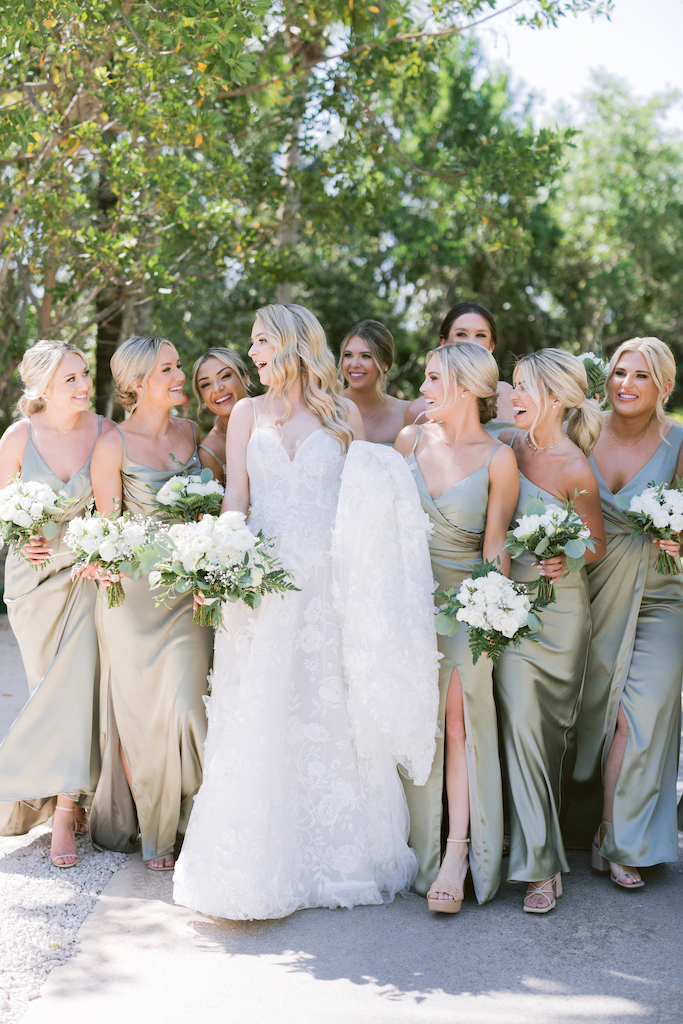Planning an Environmentally Friendly Wedding

Often when couples approach me about planning their perfect destination wedding, they highlight their commitment to environmental sustainability and their desire to incorporate the natural beauty of the Mexican Caribbean into their wedding. Yet when we dig into the details, we find that some of the things they hope to include in their day can be hugely detrimental to the environment. Especially when you come from a culture where single-use plastic is as common as water and trash removal is a relative non-issue, it can be challenging to truly understand the impact that each decision in your planning will make. To uphold our responsibility to the earth, there are lots of ways in which you can decrease the footprint your wedding makes.
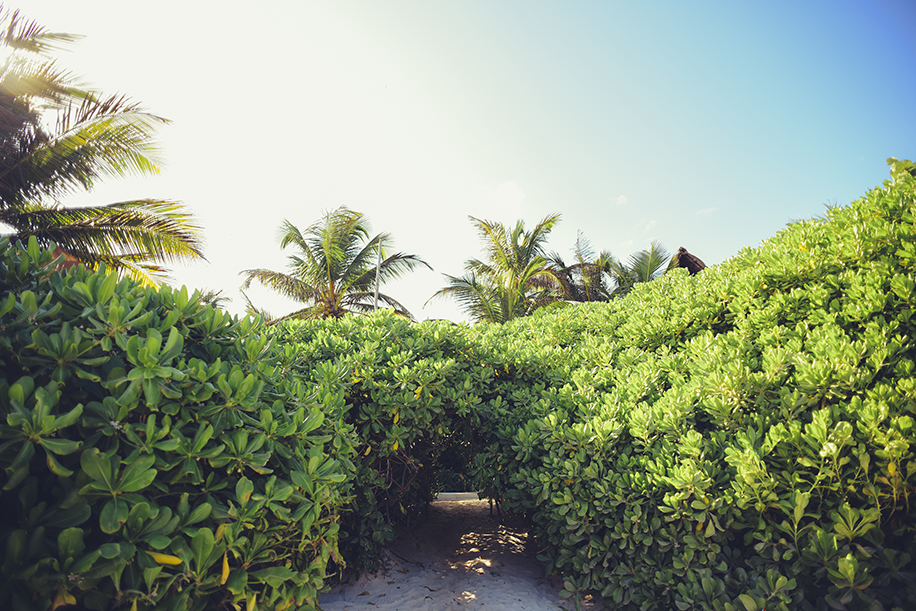
Photography by: Sweet Caribbean Photography
Trash Removal in the Riviera Maya
To begin with, it’s important to understand why single-use plastic and hard to dispose of items cause issues in the Riviera Maya. Quite simply, trash is an issue. All of the little extra things – the balloons, glow sticks, straws, and cups – accumulate in massive quantities, especially during the high season for weddings. Without proper waste management systems in the area, more often than no, trash is dumped in open air pits in the jungle.
It’s not a small problem. The amount of waste – not only from destination weddings, but from the general population and tourism of the area – contributes to the growing ecological crisis that threatens wildlife, oceans, and the well-being of all who dwell in the Riviera Maya. Especially in Tulum, development of the area has outpaced the management of critical infrastructure – namely what to do with the trash and waste from the boom in population and tourism. By minimizing the amount of waste from your event, you show responsibility and an understanding of how you impact the area.
Single-Use Plastic
Easily the single most wasteful item at weddings is plastic bottles of water. While they are convenient for guests to grab (and it’s SO important to stay hydrated!) they often end up having one sip taken, are set on a table, and are then forgotten about for the rest of the evening. In place of plastic bottles, couples can choose to have water available in glasses, served from large recyclable jugs or decorative decanters (which are more aesthetically pleasing as well!).
And what is it about drinking straws? They’re the biggest and most harmful use of single-use plastic (I’m sure you’ve seen the disturbing images of wildlife who end up tangled up in used straws) and, after events, they litter the ground and the sand and crews spend hours trying to pick them all up. If you must have straws (and sometimes you need them – like when you’re sipping from a coconut!) consider bamboo or biodegradable paper straws that match your color palette or theme. They’re much prettier, and they’re way more friendly to the environment.
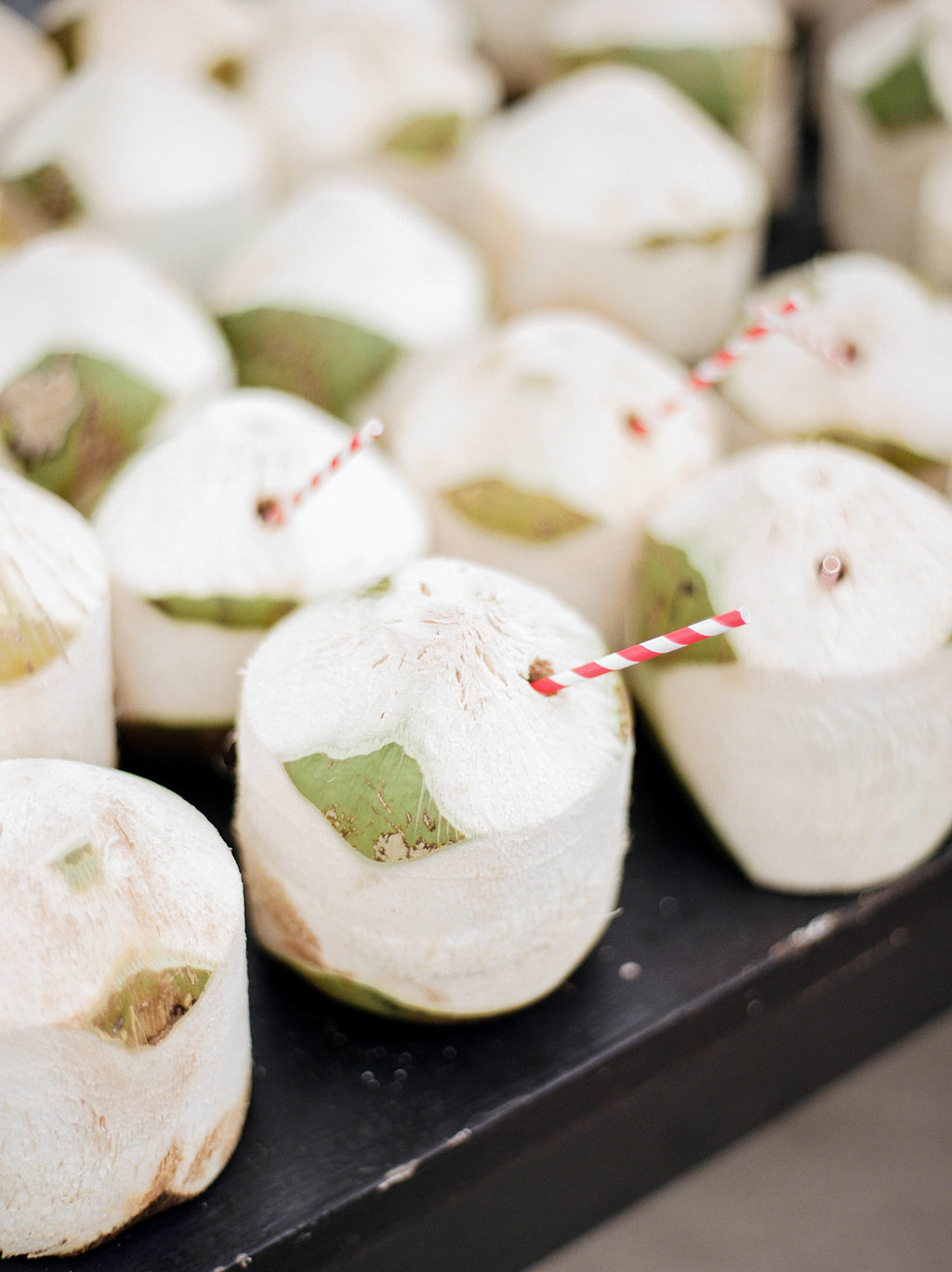
Photography by: Carrie House Photography
You can also minimize single-use plastic by having conversations with your venue about glass options. Many venues already use glass in place of plastic cups whenever possible, but your attention and awareness to the issue will be noticed and appreciated.
Environmentally-Friendly Wedding Décor
Couples often like to include flashing foam lights, light sticks, glow bracelets, and balloons for when the party kicks off. But all of these items pose a threat to the environment and the wildlife that inhabit the area. Instead of balloons, consider flower wreaths or hang biodegradable paper lanterns or traditional Mexican papel picados. And let the DJ take care of the lighting for your dance party.
Further, forego things like bubbles or sparklers for your celebratory departure. While they are pretty and make for great photos, both of these practices create more waste and much more clean-up for staff. Instead, have your guests throw petals or biodegradable confetti so that what can’t be swept up won’t make a negative impact after your day is done.

Photography by: Dean Sanderson Photography
Fire Safety
Two other very common requests are paper lantern releases and beach bonfires. Not only are they often not allowed by our venues, but they also pose a large threat to both the wildlife and the structures of the area.
Specifically, from the months of May through November, sea turtles return to our beaches to nest and their lay eggs, and the hatchlings then return to the ocean. Bonfires create confusion, often drawing the creatures into their light, and causing serious harm to the already-endangered animals.
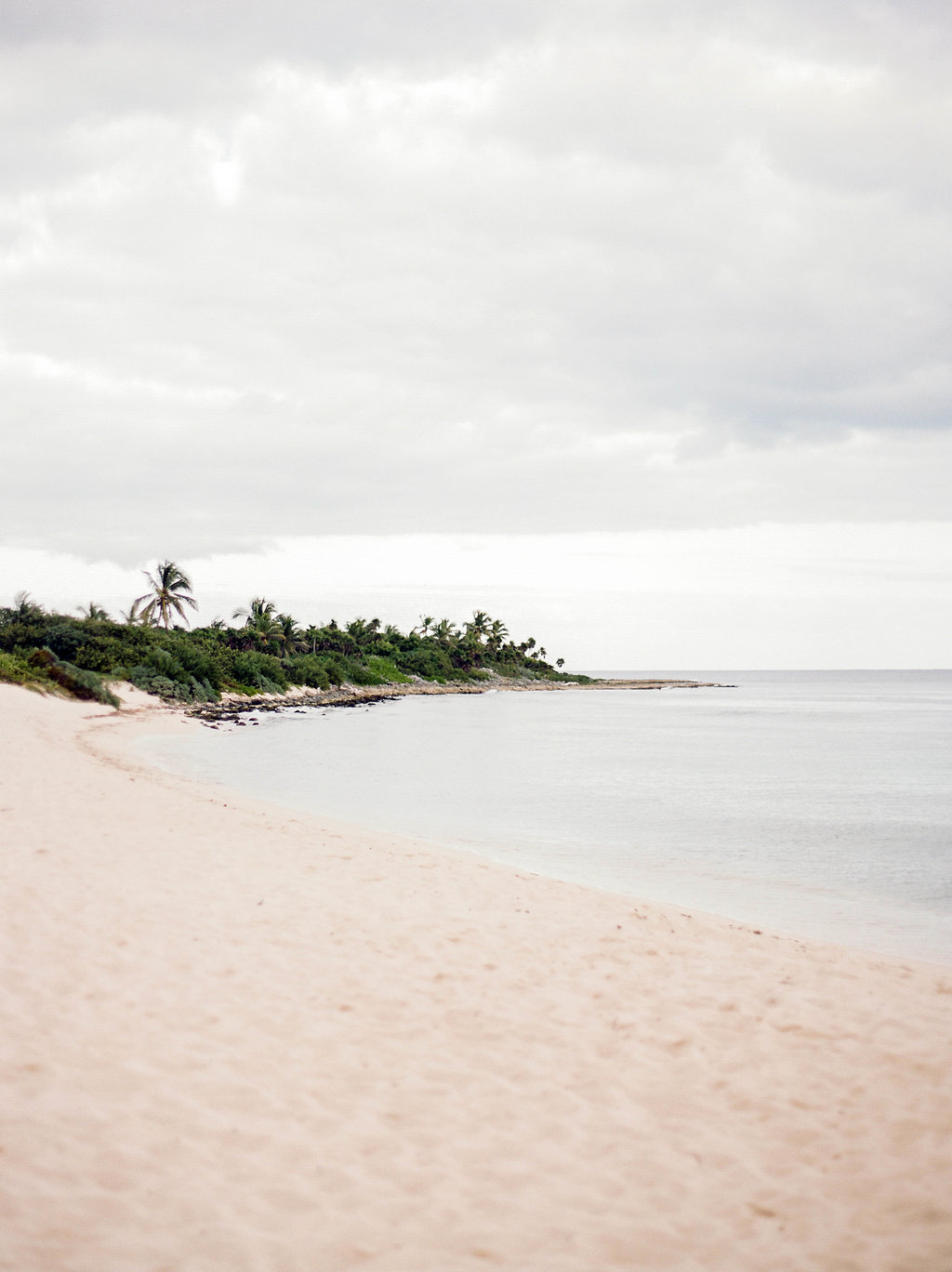
Photography by: Carrie House Photography
The paper lanterns that have become so popular (and are advertised as environmentally-friendly) use metal frames that take a long time to break down in the jungle and, as they lay on the jungle floor, hang up in trees, or sink into the ocean, they end up endangering wildlife. Further, if the lanterns are caught by winds or don’t take off properly, they can settle on structures and, specifically when there are thatched roofs involved, pose a massive risk for the residents and businesses in the area.
Animals
Once in a while, couples ask me if they can bring wildlife into their wedding ceremony and celebration. Macaws, donkeys, butterflies, and doves are all subject to the plans and wishes of the couples wanting a unique feature in their wedding. As often as possible, I deterred the use of wildlife for photo ops and entertainments. In honoring the environment, we must also respect that these animals are not intended to be used for decoration.
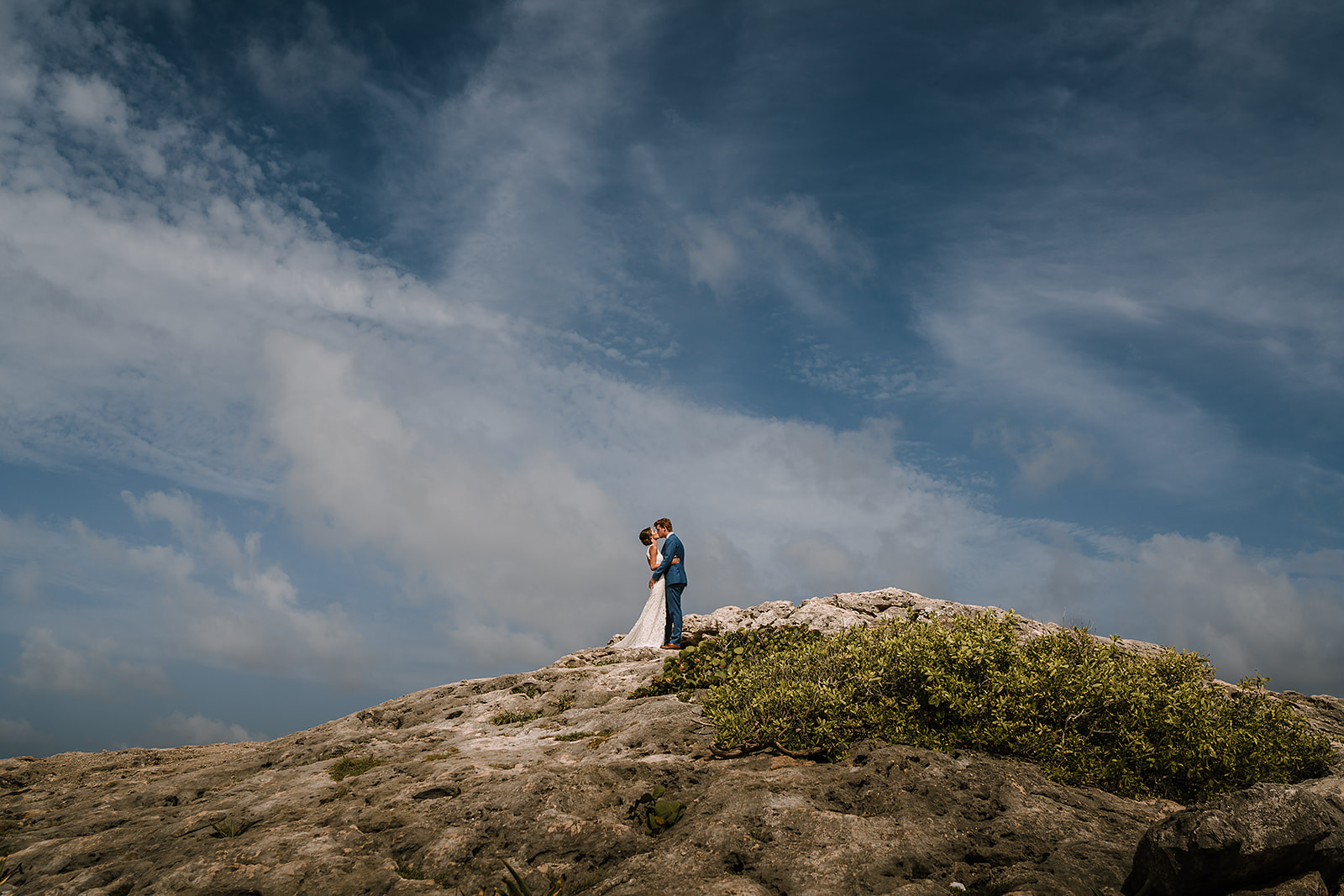
Photography by: Kape Photography
If you really want a wedding that is environmentally friendly and celebrates the beautiful settings Mexico has to offer, do your research and go all the way. Work with local vendors, support their businesses, be mindful of the waste you create with your event, and be respectful of the culture and space you will be occupying. When you do, you’ll end up with a wedding that is both a beautiful celebration of your love and of the earth.

